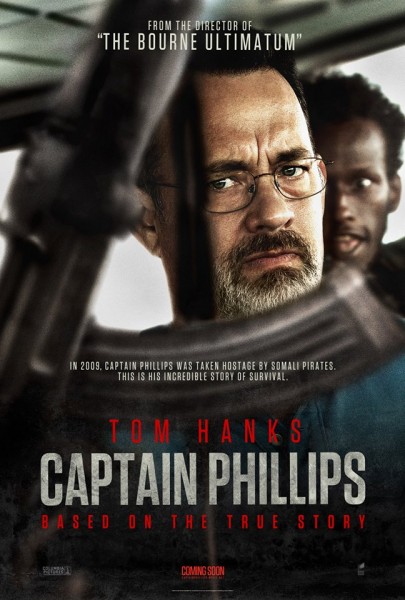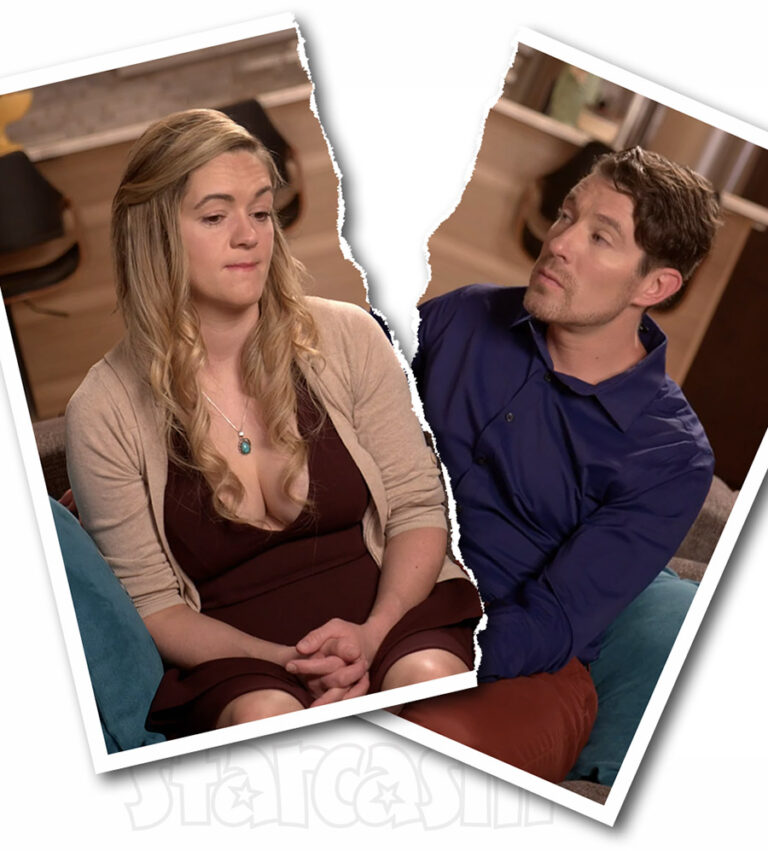What’s the true story behind the Captain Phillips movie?

Captain Phillips, opening in U.S. theaters Friday, is sure to give Tom Hanks an Oscar nod, and sets up the real Captain Richard Phillips’s enduring legacy as a hero, but some of the crew members are not too happy about Captain Phillips’ portrayal as a hero. Is the film a somewhat accurate portrayal of what happened with the cargo ship Maersk Alabama got hijacked by Somali pirates off the coast of Africa, or is the Hollywood facade too sparkly?
Whatever happened was heart-stoppingly dramatic. In April 2009 the MV Maersk Alabama was en route to bring supplies to Kenya when it was seized by a group of four teenage Somali pirates 240 nautical miles off the Somalian coast. Captain Phillips was held hostage for several days in a lifeboat by the pirates until US Navy SEAL snipers were able to kill the three pirates on the lifeboat and rescue Captain Phillips and the ship. The fourth pirate, Abduwali Abdukhadir Muse, was on board the Maersk Alabama at the time of the rescue and was eventually flown to the U.S. where he pled guilty to piracy charges and was sentenced 33 years and nine months in prison. His lawyers asked that he be tried as a juvenile, but that request was denied.
Soon after they came home nine crew members sued their employer Waterman Steamship Corporation and Maersk Line, Ltd. for $50 million because they claim that the company and Captain Phillips knowingly steered the ship into dangerous waters. The suit alleges that the Phillips ignored warnings of pirate attacks in the area, and disregarded recommendations to stay at least 600 miles off the coast of Somalia. “They don’t think this boat should ever have been where it was,” their attorney Brian Beckcom has said. “They thought the shipping company knew it, and by extension, Captain Phillips, knew it.” About the movie Beckcom quipped, “Forrest Gump was also a really good movie starring Tom Hanks but like Captain Phillips it was highly fictionalized.”
Two of the crew members have since settled, but the trial for the rest is to be heard in Mobile, Alabama this December. Captain Phillips himself is not being sued, but his actions are a key part to the crew members’ case. Most of the crew are not speaking about the case or the movie, but crewman Jimmy Sabga told ABC News “Capt Phillips did not follow orders. The ship was attacked, and he was responsible.”
Sony Pictures spokesman Charles Sipkins has not addressed the case specifically, but said Sony is “proud” of the film’s director Paul Greengrass’s research. “While there may be differing opinions among those involved, our filmmakers considered a vast amount of information to tell this story, including statements that have been made by crew members in support of Capt Phillips,” Sipkins said.
CNN reports that Captain Phillips told their anchor Drew Griffin in 2010 and also in a court deposition that he ignored the multiple warnings that told him to move the ship further away from the Somali coast. Phillips, who is not currently commenting about the lawsuit, wrote a book about his experience called A Captain’s Duty, feels that the movie is more or less accurate. He has one complaint, though: “There was a bond between the pirates in the movie and myself in the movie, but that was never there in the real thing.”
Tom Hanks was very sensitive to trying to fictionalize this even with the least amount of inauthenticity possible. “I don’t want to ruin his life by, you know, turning his motivations into something they weren’t,” Hanks has said. “When we met, I told Rich, I said, ‘Hey, look, I’m going to say things you never said and I’m going to be places you never were, but what I’m going for is … authenticity.’ ”
Director Greengrass and his teamed filmed 75% of the movie off the coast of Malta on a Maersk ship identical to the Maersk Alabama, and used the same kind of lifeboat for the hostage situation that was really involved. But according to people who have seen the movie, the real sense of authenticity comes from a scene with Hanks after his character has been rescued. Reviews describe the scene as “raw” and feel it takes the movie to a completely new level. Hanks says that scene is owed to the fact that even though he had been acting, he felt like he he had actually been through a traumatic experience. “We had been through a lot,” Hanks said. “In the course of making a movie, everything that you sort of pretend has happened to you is actually a very tangible thing that’s happened to you. So by the time we got there — I don’t know how to explain it — there was a place for going there.”
Captain Phillips seems to be fairly satisfied with the outcome, and has a sense of humor about the process, he joked that when he met Tom Hanks he told him: “If he’s going to play me he’s going to have to put on a little weight and get a little better-looking and he did neither.” It’s probably a good thing that Tom didn’t gain weight for the role, he recently revealed a Type II Diabetes diagnosis that may have been brought on or exacerbated by his drastic weight gain and loss for film roles over the years.




